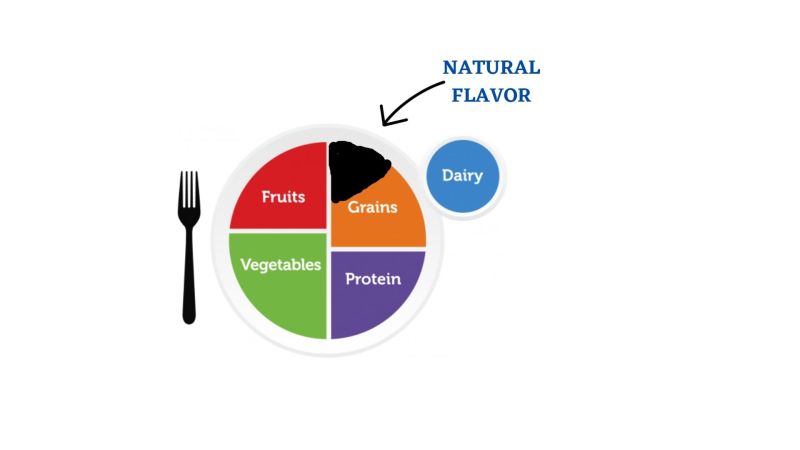Renee is a veteran food-industry consultant with expertise in large-scale, global, multi-unit food and beverage operations. Before launching her firm, Essayer Food Consulting, her work was instrumental in developing and executing high-volume operational strategies and revolutionary food programming at Pret A Manger, Bon Appetit Management Company at Google, Compass Group, and Le Pain Quotidien.
I’ve worked in the food industry for 30 years and the other day I had to Google “what is the definition of food?” because I can’t tell anymore.
I thought I must be losing it because I know what food is. Over the last 30 years, I have worked in food all over the world – in kitchens, leading teams & menu development for international brands, cooking & dishing up… food. But what I see now on “ingredient” lists – buried in menus, retail items, & in “to-go” bags, just doesn’t seem to qualify anymore.
So, I wanted to determine whether my evaluation is clouded by my own bias toward what “real” food means to me, or if in fact, we have stretched the definition of food to not even mean “food” anymore.

According to the Oxford Language dictionary, food is:
“any nutritious substance that people or animals eat or drink or that plants absorb in order to maintain life and growth.”
Last September, Tufts University reported as part of its Nutrition Policy Initiative for #FoodisMedicine:
– 1 in 2 adults: Diabetic or prediabetic
– 3 in 4: Overweight or obesity
– 14 in 15: Suboptimal cardiometabolic health
– 21,000 new cases of diabetes each week
With the CDC reporting +40% of Americans consuming fast food every day & diet-related illness now the leading cause of death in the US, it’s fair to say that these “ingredients” are a major contributor to driving the chronic health conditions we now face.
We have never been more obese, unhappy, sicker, AND hungrier.
With families having little time to grocery shop, cook & prepare foods, being 4+ generations into the microwave alongside the deep loss of culinary skills; we are outsourcing meals on a daily basis & there is no end in sight.
How can we wrangle this beast while we still have so many more questions than answers?

Seek Kitchen Equipment: Look for a place that has at least some cooking equipment & you will have a good shot at finding something that can be freshly prepared that meets your nutritional goals.
Keep it Fresh: Fresh food, freshly prepared, is likely going to be better for your health when compared to the fast “food products” available from the major chains.
Read the Ingredients: Don’t let the menu item title be the info you use to decide what to eat. You wouldn’t sign a legal contract without reading the fine print – apply the same logic to consuming food products.
Lean into Modifications: Use this opportunity to craft the menu item that will support your nutritional goals – whatever they are.
What can you do at home?

Be curious: Start reading the ingredient labels. If you don’t like or understand what you find, let the company know by not buying them anymore and / or providing feedback.
I may not understand the definition of food anymore, but there is one thing I do know after 30 years in this field:
If customer demand is there – food companies will get it done.



